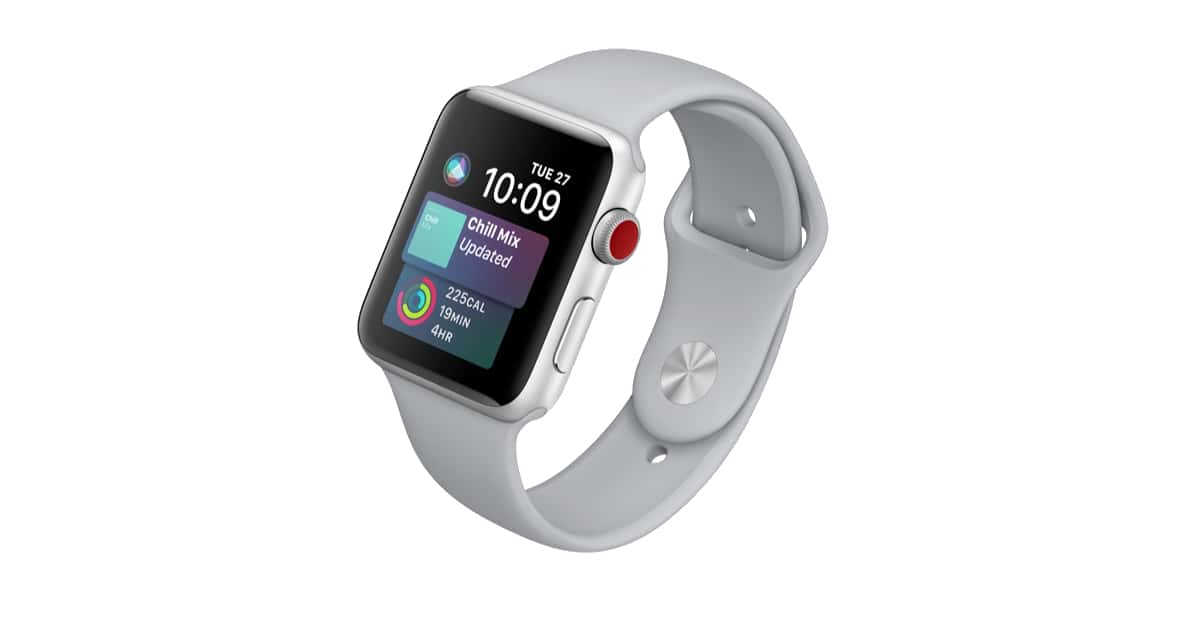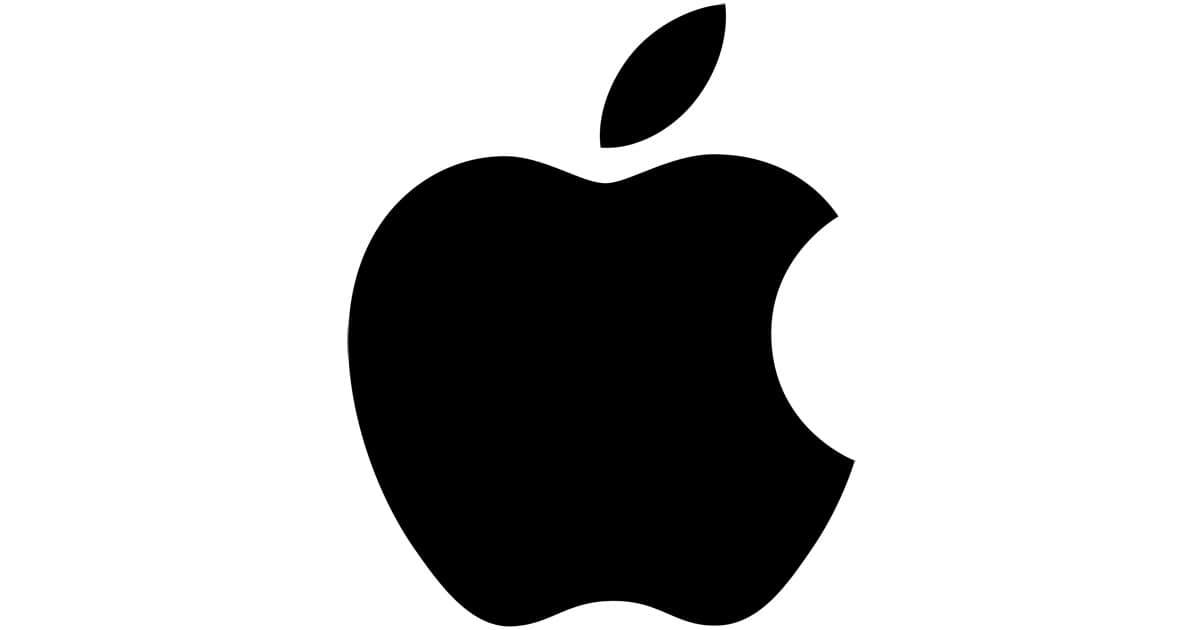Apple knows how to press our emotional buttons in certain, honorable ways. It dictates how we react to the company in our purchases. This is a Good Thing.

We’ve seen it for years. We’ve watched marketing campaigns on TV that try to make us feel good about a company. Those who view with a critical eye, however, know exactly what’s going on. The ad is fluff, and it doen’t really reflect the values of the company. The ad merely reflect what the company would like us to think about the company.
The other kind of ad is the one that makes claims about the benefits of the product. There is much hype about what the company wants us to believe, but precious little about the downsides of the product.
All this is called marketing.
Enter Apple
What’s really difficult in marketing is to convey real value in an age when it’s hard to differentiate the actual value of a product from the hype surrounding it. If the marketing ad is good, it connects you in both a very human way and technically pleasing way.
If that process fails, there is what’s called “buyer’s remorse.” The customer feels duped because the product didn’t meet expectations. If the process succeeds, there is both the satisfaction of use but also pride of ownership. This is why Apple pays so much attention to industrial design and craftsmanship. That process generates an emotional attachment to the product or the company. Loyalty may be an emotion, but it is hard earned.
Many people who are critical of Apple rationalize their reluctance to purchase the very best by claiming that Apple products are overpriced. The sarcastic implication is that Apple is somehow producing ordinary gear but at inflated prices. The company is, therefore, gouging them unnecessarily.
Those Apple customers who know better, realize what kind of rationalization that is. In reality, Apple knows how to generate ads that reaffirm the decisions their customers have made. Here’s a good example.
[Apple Touts Creators Using Macs in 4 New Commercials ]
A good way to diagnose the effectiveness of this Apple strategy is to look at other kinds of products to determine if the process rings true.
For example, we know from experience that for home audio and video equipment, binoculars, telescopes, and cars, the more we pay, the more capable the product is. Binoculars bought for US$39 in a blister-pack at Walmart will never do what $1,000 Leica or Zeiss binoculars can do. Any reasonable person will agree to that. And yet, when it comes to computers, some would argue that the value proposition doesn’t hold. Fuzzy binocular images are obvious, but C++ code runs the same on any computer. (For as long as it lasts.)
Apple Differentiation
Apple has developed the fine art of presenting a technical evaluation that folds in the appreciation of value. Ads that do this have the flavor of ads for lesser products, and that’s confusing. And so it’s easy to lump Apple in with everyone else. But Apple is coming at the market from a different angle. I explained that previously when I wrote about the genius of Steve Jobs.
[How Apple’s Tim Cook Avoided the Trap Other CEOs Fell Into ]
I’ve watched, with a critical eye, Apple stir our technical emotions since the day I bought my first Apple II. The emotions we feel: trust, pride of ownership, satisfaction, appreciation for a fine tool and loyalty are not things to be belittled. It’s only by contrast, with some competitors, that we are led into being jaded by their marketing and products. To have no emotional reaction to a finely crafted product does not make for a superior state of mind.
No matter what the Apple haters claim.

John:
A very well-reasoned treatment of the subject. In particular, your point about the similarity between Apple’s ads that stress value and those for lesser products by Apple’s competitors, and the contribution of this similarity to an assessment that Apple’s products are overpriced is spot on.
I think that, historically, there has been another contributing factor, although I believe that this one is being overwhelmed by a post-PC paradigm – and by post-PC I don’t intend that the PC is dead or replaced, simply that it is subordinated to a broader array of integrated devices and services that define a platform. That historical factor is ‘tech specs’.
In the prime of the PC era, PCs were effectively defined by their tech specs, most notably CPU speed and raw computational power. Bragging rights belonged to those with the best clock speeds and geek bench tests results. This would be tantamount to defining the value of an automobile principally by the horsepower of its engine, in which case diesel-powered trucks – the type that pull freighted trailers – would reign supreme over every luxury, sport and sport utility vehicle ever made. Imagine if that drove your automotive purchasing choice? There is so much more that goes into what we nowt think of as ‘the driving experience’.
The tech user experience is no different. However, that tech spec focus, which even dominated the early days of the iPhone and its competition, can jaundice our perspective on isolated device value, biasing in favour the most spec’d device, irrespective of other factors, including the human interface, that affect not only the user experience, but device adoption and mindshare.
Today, the centre of mass for the user experience has shifted to the platform’s ecosystem of products and services, which has relegated not simply CPU processing power but tech specs in general to a lesser importance and to specific issues about device performance.
We’ve become more tech-savvy, experienced, dare I say mature, tech consumers. And while that is a good thing for a value-focussed company like Apple, it’s an even better thing for us, the consumers.
A lot of people put down Apple by saying that they’re just good at marketing their product. Great marketing only gets a customer’s first purchase. For repeat purchases and rock solid customer loyalty, those only come with great product and great customer service. A company can fool a customer only once.